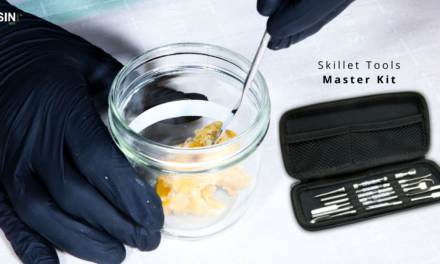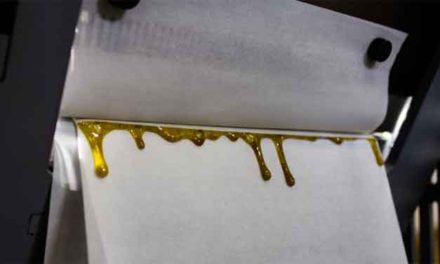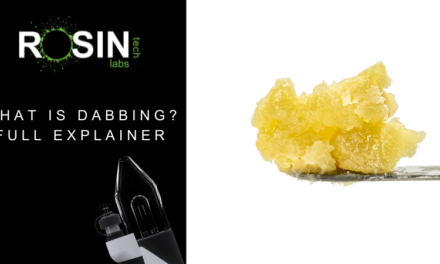Sweet, floral, and woody
Intense flavor is becoming the most sought after characteristic in cannabis thanks to a new appreciation of terpenes, the aromatic components responsible for cannabis’ signature scent and taste. In contrast to cannabinoids like THC and CBD which lack comprehensive scientific study, terpenes have a long history of biological and chemical investigation, and that means they have well known practical uses and proven medical effects.
In this series we’ll take a closer look at the most common terps found in cannabis. Each time we’ll focus on a singular terpene, explore its characteristics and medical properties, and also suggest some strains and target temps for you to take advantage of.
So, let’s continue Terpenes 101 with linalool.
What is Linalool?
Linalool is a supporting terpene that’s found in relatively small amounts in cannabis and also lavender, cinnamon, basil, and goldenrods. It’s used extensively in perfumed hygiene products and cleaning agents like soap, detergents, shampoos and lotions, and vitamin E is also commonly produced from linalool. Furthermore, pest control pros use linalool as an incredibly effective insecticide against fleas, fruit flies, cockroaches and moths.
Medical Properties of Linalool & Linalool Effects
Like many other terpenes, linalool possesses a wealth of medical benefits. Not only is it a powerful antimicrobial and insecticide, but linalool also possesses painkilling and anti-inflammatory effects.
Additionally, linalool is an anti-hyperlipidemicwhich means that it can lower cholesterol levels in the bloodstream, and it’s also a powerful neuroprotective with antidepressant, and anti-anxiety effects too. What’s more, linalool also possesses cancer fighting abilities, and has shown to be effective against leukemia, prostate and colon cancers.
Linalool Terpene Chemistry
As with all volatile organic compounds, terpenes evaporate rapidly when exposed to the air, and especially so when subjected to warm temperatures. Linalool’s melting point is less than 77 degrees Fahrenheit, so cool storage and a sealed container are a must for long term preservation.
Additionally, when looking to dial in vaping temps to target linalool’s flavonoids, aromatics, and medicinal properties, then look for a high 388 F where this terp’s boiling point resides.
Linalool Strain Suggestions
As a supporting terpene, linalool is usually found in low amounts in cannabis so no strain will be linalool dominant. However, there are a few strains that contain relatively higher amounts of this terp, so be sure to check out Chemdog, Lavender Kush, and Amnesia Haze for some sweet, floral, and woody notes.
Join us for the next edition of terpenes 101 where we’ll take a closer look at terpinolene, the tree terp that’s used to make turpentine (try saying that five times fast).





